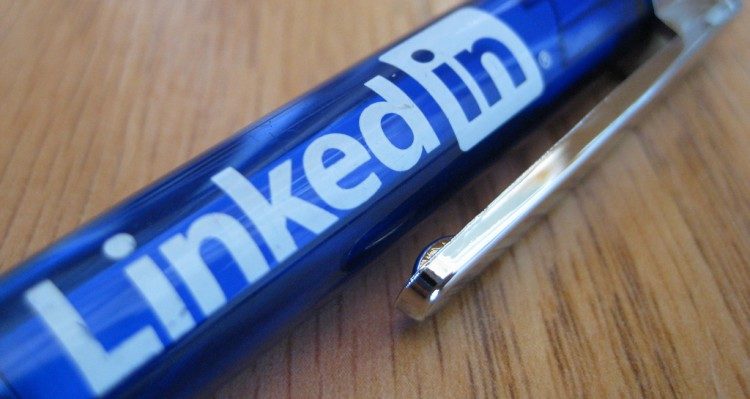
Photo Credit: Google Images
We have all been there. We have all received a fake friend request of some kind while using social media. Sometimes these fake friend requests are just useless bots trying to pile up followers and connections, and sometimes these fake friend requests are spammers and scammers. But how exactly do you spot these fake friend requests? Keep reading below for a few tips on how to decide if that new friend of yours is real or not…
Tip #1: Always look at the profile image
Quite simply, there are some profile images that are flat-out suspicious. If someone is using a stock photo as a profile image, that could be a huge tip-off. Also, if the profile image is some generic object – such as a flower – that could also be a clue that the profile is not real. If you see an impossibly beautiful woman in a suggestive pose, well, some things in life are just too good to be true. And, of course, if you see a celebrity image as the profile photo, then that’s also a good clue that the profile is fake. (Unless it’s a parody social media account)
Tip #2: Examine the profile for personal information
At a glance, you should be able to tell if the person’s profile seems reasonable. Do they include details about their interests, profession, employer, education or causes they support? At the very least, the user will list a geographic location and a quick tagline about themselves (e.g. “#1 Phillies fan”) or some other clue that they are, indeed, human. Just be aware, however, that spammers and scammers are getting much more sophisticated these days. Some fake accounts come fully loaded with 100+ followers and a few extras, such as skill endorsements or membership in groups. So simply seeing a profile that has been filled out is no guarantee the user is real.
Tip #3: Determine if there is some link or affiliation in common
Take a step back and consider whether there is some reason why this user is reaching out to you. Maybe there is an alumni connection, or maybe you are both in the same profession. Maybe you have the same hobby or interest. Or maybe it’s a friend-of-a-friend and there’s some mutual connection in common. But if you are getting friend requests out of the blue, that could be a huge red flag – especially if they are coming from parts of the world (Eastern Europe, China, Nigeria) known to be home to hackers and scammers. Also, if you suddenly get a flood of friend requests all from the same company, that is also a warning sign. Spammers, for example, are infamous for impersonating people from well-known companies like Microsoft or Bank of America.
Final thought
At the end of the day, the quality of your social media network depends on the quality of the people and connections within that network. So if you allow spambots, spammers and scammers to become part of your network, then you are doing yourself no favors. These new connections are not going to be leaving likes or comments on your posts, and they might actually drive away some of your core followers and connections if they start spamming others in your network. So buyer beware! Learn to spot a fake friend request before it’s too late.